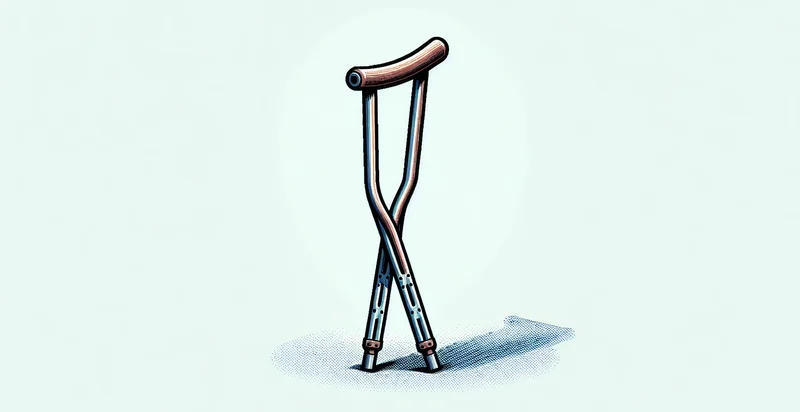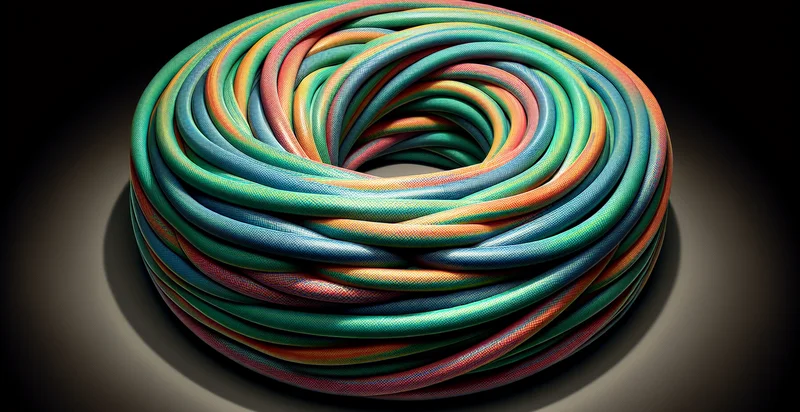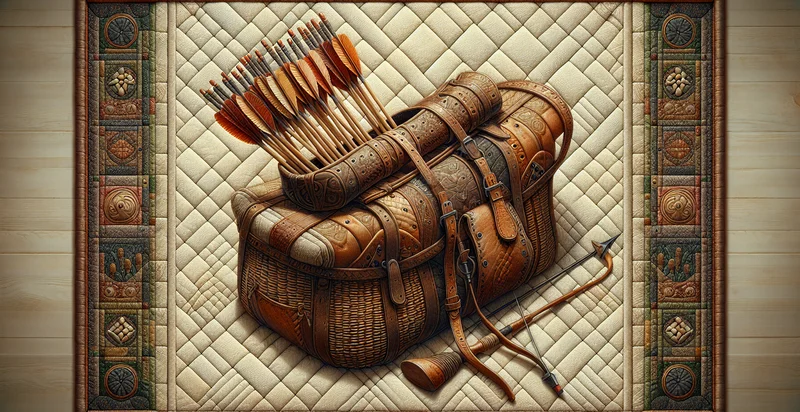Identify what material a ruler is made from
using AI
Below is a free classifier to identify what material a ruler is made from. Just upload your image, and our AI will predict what material a ruler is made from - in just seconds.

Contact us for API access
Or, use Nyckel to build highly-accurate custom classifiers in just minutes. No PhD required.
Get started
import nyckel
credentials = nyckel.Credentials("YOUR_CLIENT_ID", "YOUR_CLIENT_SECRET")
nyckel.invoke("what-material-a-ruler-is-made-from", "your_image_url", credentials)
fetch('https://www.nyckel.com/v1/functions/what-material-a-ruler-is-made-from/invoke', {
method: 'POST',
headers: {
'Authorization': 'Bearer ' + 'YOUR_BEARER_TOKEN',
'Content-Type': 'application/json',
},
body: JSON.stringify(
{"data": "your_image_url"}
)
})
.then(response => response.json())
.then(data => console.log(data));
curl -X POST \
-H "Content-Type: application/json" \
-H "Authorization: Bearer YOUR_BEARER_TOKEN" \
-d '{"data": "your_image_url"}' \
https://www.nyckel.com/v1/functions/what-material-a-ruler-is-made-from/invoke
How this classifier works
To start, upload your image. Our AI tool will then predict what material a ruler is made from.
This pretrained image model uses a Nyckel-created dataset and has 11 labels, including Acrylic, Aluminum, Bamboo, Cardboard, Composite, Glass, Metal, Plastic, Rubber and Steel.
We'll also show a confidence score (the higher the number, the more confident the AI model is around what material a ruler is made from).
Whether you're just curious or building what material a ruler is made from detection into your application, we hope our classifier proves helpful.
Related Classifiers
Need to identify what material a ruler is made from at scale?
Get API or Zapier access to this classifier for free. It's perfect for:
- Material Quality Assessment: This function can be used by manufacturers to assess the material quality of rulers during production processes. By identifying the material accurately, companies can ensure that only the best materials are used, improving overall product quality and customer satisfaction.
- Sustainability Reporting: Educational institutions and businesses can utilize the function to identify the material of rulers for sustainability assessments. By understanding the composition of their school supplies or office tools, they can make informed decisions about environmentally friendly materials and compliance with sustainability goals.
- Inventory Management: Warehouse and inventory management systems can implement this image classification function to categorize and track types of rulers. This aids in maintaining an organized inventory, enabling quick retrieval and efficient distribution based on material type.
- Product Development: Designers and product developers can leverage this function to analyze different ruler materials used in the market. Understanding material properties through this classification can inspire new product innovations and enhancements tailored to target consumer needs.
- Educational Tools in STEM: Teachers can use the material identification function in classrooms to educate students about different materials and their properties. This practical application of technology can enhance experiential learning, particularly in STEM education.
- Safety Compliance Checks: Regulatory bodies and safety inspectors can apply this function to ensure that rulers used in schools and workplaces comply with safety standards for material use. By verifying the material type, they can mitigate risks associated with non-compliant products.
- Market Research Analysis: Market researchers can utilize the classification function to analyze consumer preferences based on ruler materials. This data can provide insights into market trends and help businesses tailor their marketing strategies to align with consumer demands for specific materials.


